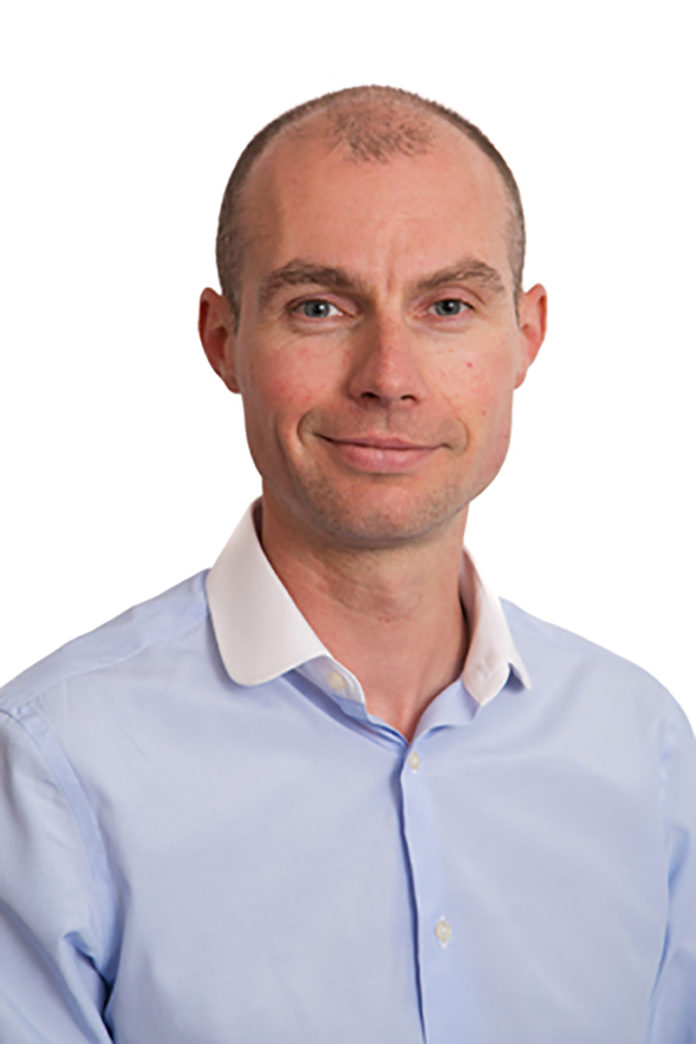
Researchers in Teagasc’s Moorepark facility have been busy working with an international team that is studying lactic acid bacteria (LAB); a type of probiotic bacteria that is found in the human gut, as well as in fermented foods such as cheese and yoghurt.
The scientists have been examining how many of these bacteria reach our gut, and just how many of them go on to become part of our bodies’ microbiome; the community of microorganisms that exist in our gut, when we eat fermented foods.
The study was carried out as part of a larger project known as the MASTER project. Professor Paul Cotter, who is based in Teagasc’s Moorepark centre, outside Fermoy, is the leader of the MASTER project.
Ground-breaking studies
Speaking about the significance of this project and the research that is being conducted, he said: “MASTER is one of the largest EU-funded grants for food microbiome studies in Horizon 2020 and we expect this to be one the first of many ground-breaking studies that will result.”
Researchers used state of the art tools to reconstruct LAB genomes from over 300 food samples and almost 10,000 human faecal samples from different continents.
They looked at the distribution of these bacteria in humans in the contexts of age, lifestyle, and geographical origin.
Interestingly they found that there were not a lot of LAB in human faeces, but they were most frequently found in people who commonly consumed yogurt and cheese.
Some of these bacteria are well known probiotics, which are valued for their health benefits.
“Our results support the hypothesis that food is the major source of LAB for the gut microbiome,” said Professor Danilo Ercolini, senior author of the study.
“This research opens new horizons for studies on potentially health promoting foods”, concluded Ercolini.







